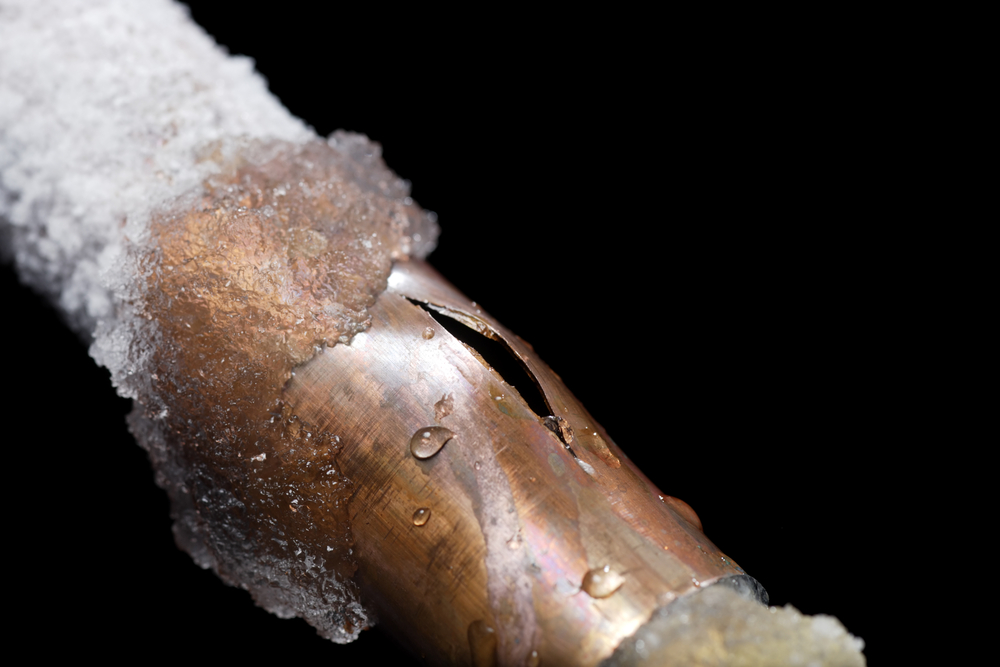Advice for Preventing Frozen Plumbing in Winter: Expert Insights
Call TodayWhat're your thoughts on Winter Plumbing Precautions: Preventing Frozen Pipes?

Winter can wreak havoc on your pipes, especially by freezing pipes. Here's exactly how to stop it from happening and what to do if it does.
Intro
As temperatures decline, the danger of icy pipes boosts, possibly causing pricey repair services and water damage. Comprehending just how to avoid frozen pipes is critical for property owners in cold climates.
Understanding Frozen Pipelines
What triggers pipelines to freeze?
Pipelines freeze when exposed to temperatures listed below 32 ° F (0 ° C) for expanded durations. As water inside the pipes ices up, it expands, putting pressure on the pipeline walls and potentially causing them to burst.
Risks and problems
Frozen pipes can result in water supply disruptions, building damages, and costly repairs. Ruptured pipes can flooding homes and trigger substantial structural damages.
Indicators of Frozen Pipeline
Recognizing icy pipelines early can prevent them from bursting.
How to identify frozen pipes
Seek decreased water flow from faucets, unusual odors or sounds from pipes, and visible frost on revealed pipes.
Prevention Tips
Insulating susceptible pipelines
Cover pipelines in insulation sleeves or utilize heat tape to safeguard them from freezing temperatures. Concentrate on pipelines in unheated or external locations of the home.
Home heating methods
Keep indoor areas effectively heated up, especially locations with pipes. Open closet doors to allow warm air to distribute around pipelines under sinks.
Shielding Exterior Plumbing
Yard hose pipes and outdoor faucets
Separate and drain pipes garden hose pipes before winter season. Install frost-proof faucets or cover outdoor taps with protected caps.
What to Do If Your Pipes Freeze
Immediate actions to take
If you presume frozen pipelines, maintain faucets open up to soothe pressure as the ice melts. Use a hairdryer or towels soaked in warm water to thaw pipelines slowly.
Long-Term Solutions
Architectural adjustments
Take into consideration rerouting pipes away from outside wall surfaces or unheated areas. Add extra insulation to attics, basements, and crawl spaces.
Updating insulation
Invest in top notch insulation for pipes, attics, and walls. Correct insulation assists keep regular temperatures and minimizes the danger of icy pipelines.
Conclusion
Avoiding frozen pipes needs positive steps and quick responses. By understanding the causes, signs, and preventive measures, house owners can safeguard their plumbing throughout winter.
5 Ways to Prevent Frozen Pipes
Drain Outdoor Faucets and Disconnect Hoses
First, close the shut-off valve that controls the flow of water in the pipe to your outdoor faucet. Then, head outside to disconnect and drain your hose and open the outdoor faucet to allow the water to completely drain out of the line. Turn off the faucet when done. Finally, head back to the shut-off valve and drain the remaining water inside the pipe into a bucket or container. Additionally, if you have a home irrigation system, you should consider hiring an expert to clear the system of water each year.
Insulate Pipes
One of the best and most cost-effective methods for preventing frozen water pipes is to wrap your pipes with insulation. This is especially important for areas in your home that aren’t exposed to heat, such as an attic. We suggest using foam sleeves, which can typically be found at your local hardware store.
Keep Heat Running at 65
Your pipes are located inside your walls, and the temperature there is much colder than the rest of the house. To prevent your pipes from freezing, The Insurance Information Institute suggests that you keep your home heated to at least 65 degrees, even when traveling. You may want to invest in smart devices that can keep an eye on the temperature in your home while you’re away.
Leave Water Dripping
Moving water — even a small trickle — can prevent ice from forming inside your pipes. When freezing temps are imminent, start a drip of water from all faucets that serve exposed pipes. Leaving a few faucets running will also help relieve pressure inside the pipes and help prevent a rupture if the water inside freezes.
Open Cupboard Doors
Warm your kitchen and bathroom pipes by opening cupboards and vanities. You should also leave your interior doors ajar to help warm air circulate evenly throughout your home.

I ran across that piece of writing about How to prepare your home plumbing for winter weather while doing a search on the search engines. Are you aware of someone else who is excited about the topic? Take a moment to share it. Thanks for your time spent reading it.
Suggested Site